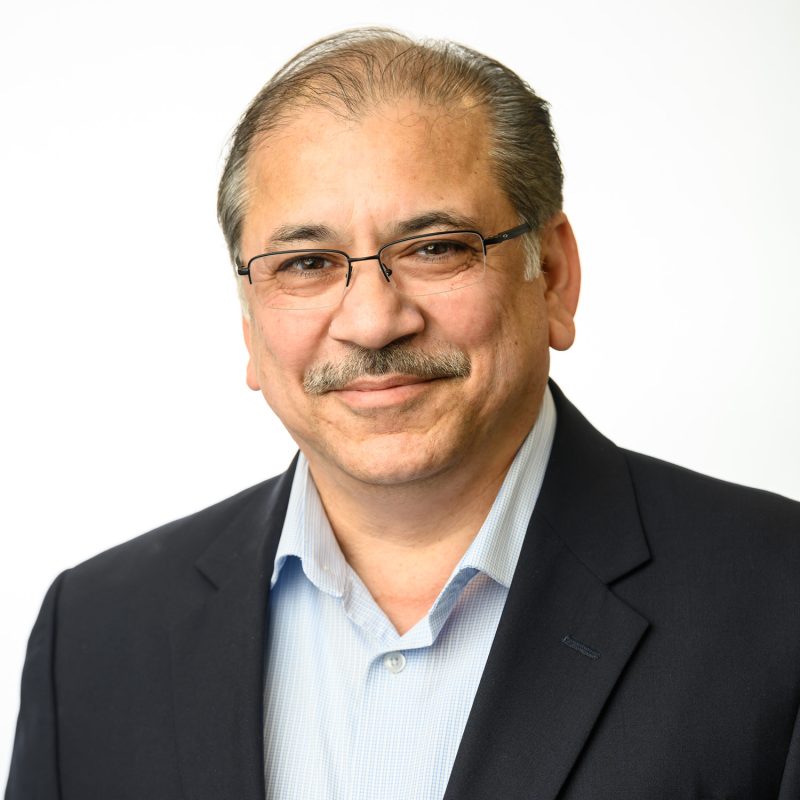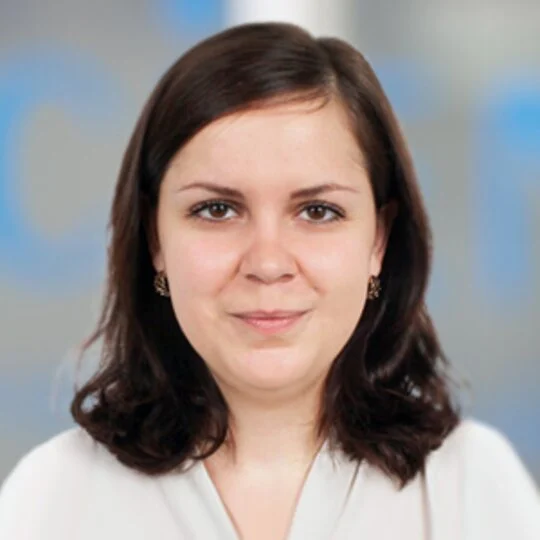Dr. Robert Marema: It’s Time to Prioritize Surgeons’ Quality of Life
Let’s not kid ourselves: The surgical workforce is in a crisis.
For starters, the Association of American Medical Colleges forecasts a deficit of between 33,500 and 61,800 surgeons and specialists by 2030.[1]
This projected shortage is especially troubling given an increase in the number of older Americans who need specialty care and services. Retirement decisions of practicing doctors will also have an effect on future physician supply, with more than one-third of all active physicians 65 or older in the next 10 years.
Compounding an impending shortage of surgeons in the U.S. are a number of workforce challenges like burnout and performance-related symptoms.
A report found that more than 90% of hospital executives said they expect their organizations to face a serious talent shortage in the next 10 years.[2]
That said, now is the time for hospital administrators to address the serious issues impacting surgeons so we can help maintain acceptable access to surgical care and improve patient outcomes.
At the heart of these issues are difficult working conditions that result in physical ailments due to repetitive tasks of the job. Physician comfort in surgery must be greatly improved.
Although the patient benefits of minimally invasive surgery are evident, research shows there is a need to improve the ergonomic conditions.
A study by the American College of Surgeons revealed that 87 percent of laparoscopic surgeons suffer from performance-related symptoms.[3] Laparoscopy often requires surgeons to hold a static position of the neck and back for a long period, and frequently uncomfortable position of arms and shoulders to optimize hand held camera and instrument positions and minimize movements within the operative field.[4],[5] Holding of the static posture for prolonged periods of time is the source of increased muscle fatigue and musculoskeletal disorders.
In addition to being physically demanding, being a surgeon in today’s environment brings unique mental and time stressors that are negatively impacting the surgeon and surgical staff workforce.
We have to constantly conduct complex procedures under time pressures within a setting plagued with distractions and interruptions while learning new technologies.[6] There is sufficient evidence that excessive stress can impair a surgeon’s hand-eye coordination while affecting their non-technical skills of teamwork and decision-making, highlighting the important effects of stress within the human factor in surgery.
And burnout among physicians is a pervasive problem that can lead to major medical errors.[7]
It’s astonishing that 40 percent of surgeons suffer from burnout according to an American College of Surgeons study.3 The number of cases performed per year is a stronger predictor of symptomatology than either age or years in practice. This is likely the reason why general surgeons nearly top the list of burnout rates (49 percent) among specialties in the 2018 Medscape Physician Lifestyle Report.[8]
We ultimately must manage our workload and take much needed time off to curb physician burnout, improve our well-being, keep up morale and focus our time and attention on caring for patients. This is a clarion call that we need to take better care of the surgeon so they can take better care of the growing patient caseload.
Perhaps technology advances will also be a solution rather than an added complexity in surgeons’ lives.
The original robotic surgical platform (the da Vinci System) was designed to improve surgeon ergonomics, but also added per-procedure cost that limited the full value robotics can play in today’s value-based healthcare environment. As such, less than 10% of surgery was performed with surgeons in a more ergonomic setting. Today, a new robotic surgical platform referred by some as digital laparoscopy (the Senhance Surgical System) can offer many of the ergonomic and control benefits needed by surgeons at per-procedure costs similar to traditional laparoscopy. That’s a promising, and frankly novel, direction for surgical tools to keep costs low while considering value to the surgeon experience.
The issues that surgeons face today aren’t going away tomorrow or next month. That’s why hospital leadership needs to come together to create a tactical, actionable plan that tackles surgeon burnout, improves ergonomic conditions and makes sensible investments in new technology to help surgeons do their job more efficiently and effectively.
Robert Marema, M.D., is Director of Bariatric Surgery, Flagler Hospital Bariatric Center, Saint Augustine, Florida
References
[1] https://news.aamc.org/medi
[2] The Economist Intelligent Unit. Beyond the tipping point: hospital resilience revisited. https://healthcare.p
[3] Park A, Lee G, Seagull FJ, Meenaghan N, Dexter D. Patients benefit while surgeons suffer: an impending epidemic. J Am Coll Surg. 2010;210(3):306-313.
[4] Berguer R, Forkey DL, Smith WD (1999) Ergonomic problems associated with laparoscopic surgery. Surg Endosc 13:466–468.
[5] Esposito C, Najmaldin A, Schier F, Yamataka A, Ferro M, Riccipetitoni G, Czauderna P, Ponsky T, Till H, Escolino M, Iaquinto M, Marte A, Saxena A, Settimi A, Rothenberg S (2014) Work-related upper limb musculoskeletal disorders in pediatric minimally invasive surgery: a multicentric survey comparing laparoscopic and sils ergonomy. Pediatr Surg Int 30:395–399.
[6] Edgar M, Mansfield A, Thomson J. Surgeons under stress (II). Update following the college seminar/workshop on pastoral care. Ann R Coll Surg Engl. 2000;82:87–88.
[7] Blendon RJ, DesRoches CM, Brodie M, et al. Views of practicing physicians and the public on medical errors. N Engl J Med. 2002;347(24):1933-1940.
[8] Peckham C. [Accessed October 15, 2015];Medscape Physician Lifestyle Report 2015. https://www.medscape.com/




